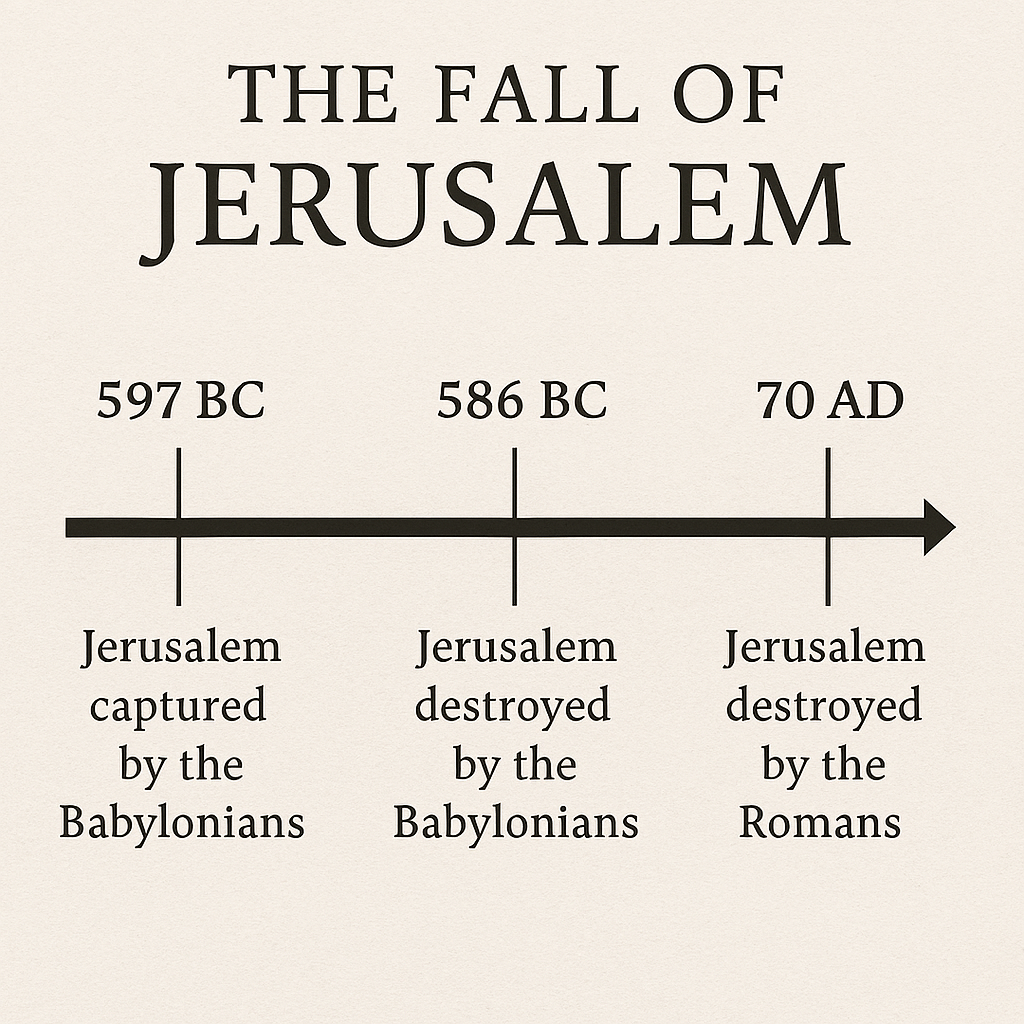What does Lamentations 3 mean?
The writer, often called “the man who has seen affliction,” describes his experiences using vivid metaphors of darkness, pain, and isolation. He feels besieged, broken, and rejected by God. These verses do not shy away from the reality of suffering.
Have you ever felt abandoned by God? Lamentations 3 doesn’t shy away from that feeling—it meets it head-on. Written amidst the ruins of Jerusalem after its destruction by the Babylonians in 586 BC, Lamentations is traditionally attributed to the prophet Jeremiah. Chapter 3 is the centerpiece of the book, presenting a deeply personal lament that transitions into a declaration of faith in God’s steadfast love. This chapter carried me through a season of uncertainty. In this post, we will explore the structure, themes, and enduring message of Lamentations 3 to understand what it means for readers then and now.
The Structure of Lamentations 3
Lamentations 3 is unique in its literary form. It is an acrostic poem, with each set of three verses beginning with successive letters of the Hebrew alphabet. The acrostic form imposes order on chaos, mirroring the struggle for meaning amid suffering. The chapter is divided into three main sections: an initial expression of personal suffering (verses 1–20), a statement of hope and God’s faithfulness (verses 21–39), and a renewed lament mixed with petitions for mercy and justice (verses 40–66).

The Depths of Suffering (Verses 1–20)
The opening verses of Lamentations 3 are intensely personal. The writer, often called “the man who has seen affliction,” describes his experiences using vivid metaphors of darkness, pain, and isolation. He feels besieged, broken, and rejected by God. These verses do not shy away from the reality of suffering. Instead, they give voice to the anguish of those who feel abandoned and overwhelmed by hardship. This section resonates with anyone who has faced deep sorrow, showing that even the faithful can struggle with despair.
A Turning Point: Hope in God’s Faithfulness (Verses 21–39)
The tone of the chapter shifts dramatically in verse 21: “Yet this I call to mind and therefore I have hope.” Here, the writer reminds himself—and the reader—of God’s steadfast love and mercies, which “never cease” and are “new every morning.” This declaration, found in verses 22–23, is among the most quoted in Scripture. Despite overwhelming suffering, the writer chooses to trust in God’s goodness. This section emphasizes that hope is not rooted in circumstances but in the unwavering character of God. Even when life is bleak, faith can provide a lifeline, sustaining us through the darkest times.
Renewed Lament and Plea for Justice (Verses 40–66)
After this affirmation of faith, the writer returns to lament, but now with a renewed perspective. He calls the people to self-examination and repentance: “Let us examine our ways and test them, and let us return to the Lord.” The chapter then contains prayers for God to see their suffering, deliver them from their enemies, and bring justice. This concluding section illustrates that faith does not erase pain but enables honest engagement with it. Even as the writer pleads for God’s intervention, he acknowledges that suffering can lead to spiritual growth and deeper reliance on God.
The Enduring Message of Lamentations 3
Lamentations 3 teaches that suffering is a part of the human experience, but it also affirms that God’s love and mercy never fail. The passage encourages believers to hold on to hope, even when circumstances seem hopeless. It models a faith that is honest about pain but steadfast in trust. For modern readers, Lamentations 3 offers both a voice for their grief and a reminder that every dawn brings new mercies. In the midst of lament, there is always room for hope. Which verse from Lamentations 3 speaks most to your current season of life?